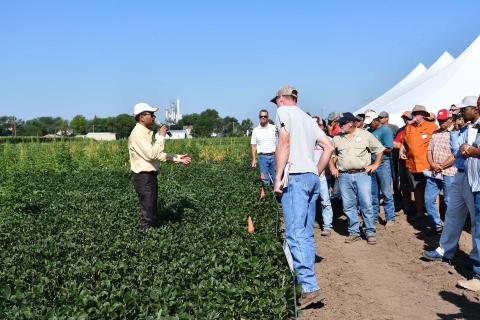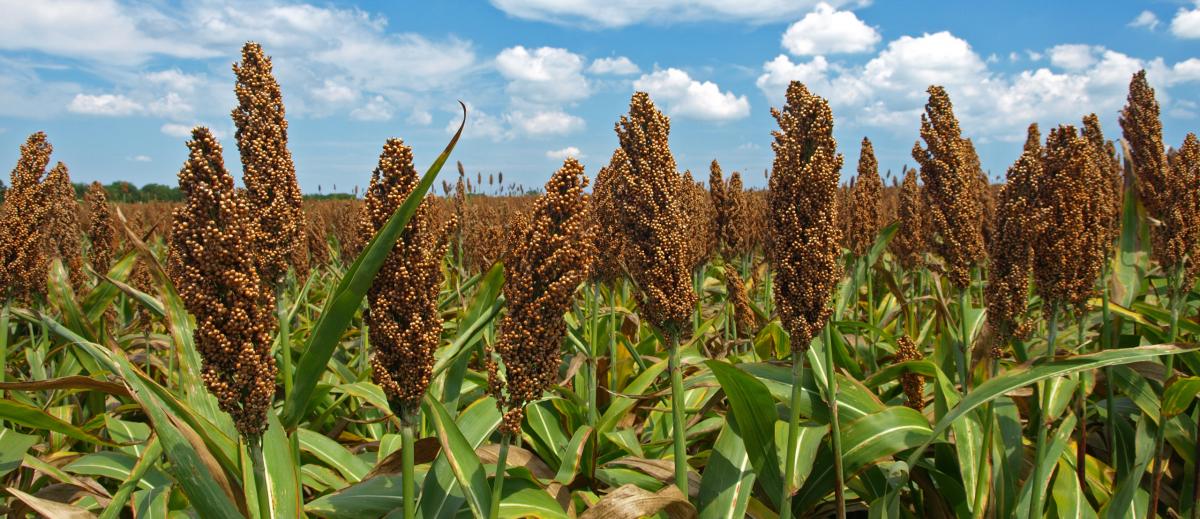
According to the USDA National Agricultural Statistics Service, Nebraskans planted 225,000 acres in 2023, which ranks the state as the fifth-leading sorghum producer in the country.
The sorghum crop is believed to have first been cultivated in Africa and introduced into the Americas by slave traders. Now, it is a staple food source in many countries, particularly in arid regions of the world taking advantage of its hardiness. Sorghum is currently grown for use primarily as a food and feed source. Consumers with gluten intolerance (celiac disease) take advantage of sorghum's gluten-free grain whose flour can be used for baking some food products. The crop itself is also more heat and drought resistant than other crops, such as corn, which is particularly appealing considering the increasing water use restrictions imposed on row crop producers in irrigated acreage in Nebraska. Increased interest in the production of bio-fuels stemmed research on alternatives to corn grain where it was determined that the number of gallons of ethanol produced per acre of sorghum can reach more than double that of corn.
Variety Test Plots
Nebraska Sorghum Board and Nebraska Sorghum Growers
- 2020 Trenton (irrigated) Plot
- 2020 Trenton (non-irrigated) Plot
- 2019 Trenton (non-irrigated) Plot
- 2018 Trenton (non-irrigated) Plot
- 2018 Trenton (irrigated) Plot
- 2018 Farwell (non-irrigated) Plot
- 2017 Trenton (non-irrigated) Plot Part 1
- 2017 Trenton (non-irrigated) Plot Part 2
- 2017 Trenton (irrigated) Plot
- 2017 Lawrence (non-irrigated)
- 2016 Trenton (non-irrigated) Plot Part 1
- 2016 Trenton (non-irrigated) Plot Part 2
- 2016 Farwell (irrigated) Plot
- 2016 St. Paul (irrigated) Plot
- 2015 Trenton (irrigated) Plot
- 2015 Trenton (non-irrigated) Plot-Page 1
- 2015 Trenton (non-irrigated) Plot-Page2
- 2015 Farwell (irrigated) Plot
- 2015 Farwell (non-irrigated) Plot
- 2015 St. Paul (irrigated) Plot
- 2014 Sterling Plot
- 2014 Trenton Plot
- 2012 Blue Hill Plot
- 2012 Trenton Plot
Sorghum Profitability Seminar Presentations
2017 Nebraska Sorghum Symposium Video Presentations (on YouTube)
- Getting to Know Sorghum — Brent Bean, agronomist with the United Sorghum Check-off Program
- Managing Key Inputs in Sorghum Production — Rick Kochenower, national agronomist with Chromatin, Inc.
- Reducing Input Costs in Sorghum Production — Bob Klein, Nebraska Extension cropping systems specialist for western Nebraska
- Weed Control and Herbicide Resistant Weeds — Rodrigo Werle, Nebraska Extension cropping systems specialist
- Weather Outlook for the 2017 Sorghum Season — Al Dutcher, associate state climatologist
2015 Presentations
- How to Manage Sorghum for Peak Performance — Brent Bean, Agronomist USCP
- Importance of Improving Soil Health — Dan Gillespie, NRCS
- Limited Irrigation of Sorghum — Chuck Burr, Nebraska Extension Educator
- Spotlight on Sorghum — Jesse McCurry, United Sorghum Checkoff Program (USCP)
2013 Presentations
- Nutrient Management-N, P, Soil Testing — Charles Wortmann, UNL Agronomy & Horticulture
- Sorghum's Crop Water Use Efficiency/Limited Irrigation — Jenny Rees, UNL Extension
- Sorghum Feed & Forage Value — Karla Jenkins, UNL Panhandle R & E Center
- Sorghum Checkoff Update — Barbara Kliment, Nebraska Grain Sorghum Board
- Time to "Rethink" Sorghum Advanced Biofuels — Doug Bice, Abengoa Bioenergy
- Weather Outlook-Will the Drought Persist? — Al Dutcher, Associate Nebraska State Climatologist
- Sorghum Production Budgets — Roger Wilson, UNL Ag Economics
- Focus on Pheasants — Nebraska Game and Parks
Related Resources
- Additional sorghum production information can be found at the United Sorghum Checkoff Program Web site and YouTube site.
- Sorghum Production for Maximum Yields—Kraig Rooseboom, Kansas State University Department of Agronomy
- Cover Crop Effect in Sorghum-Soy-Wheat Rotation—Kraig Rooseboom, Kansas State University Department of Agronomy
- USCP Central and Eastern Plains Production Handbook
- USCP Eastern Forage Production Guide
- USCP Western Forage Production Guide
- Sorghum U Links
Related Articles
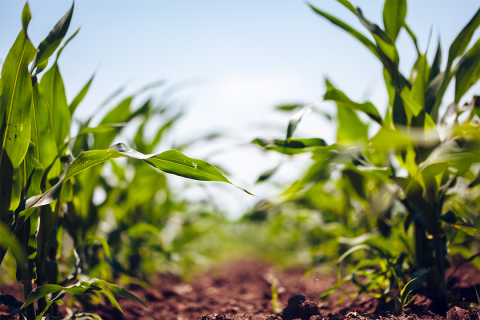
Crop Progress: Corn, Soybean Planting Running Behind 2023 Pace
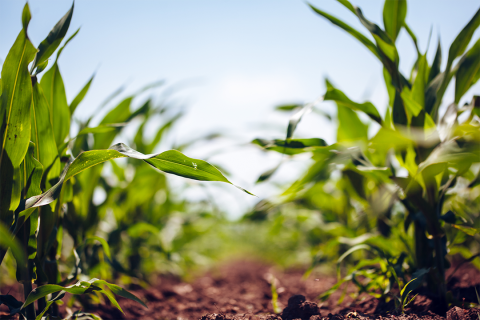
Crop Progress: Rain Delays Slow Planting Progress
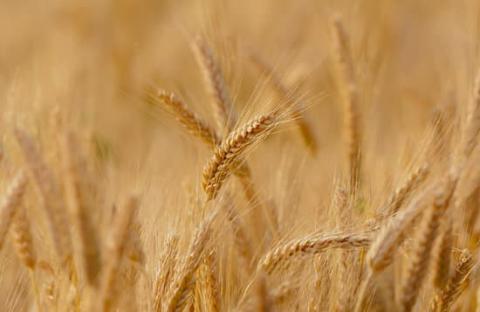
Nebraska March 1, 2024 Grain Stocks

